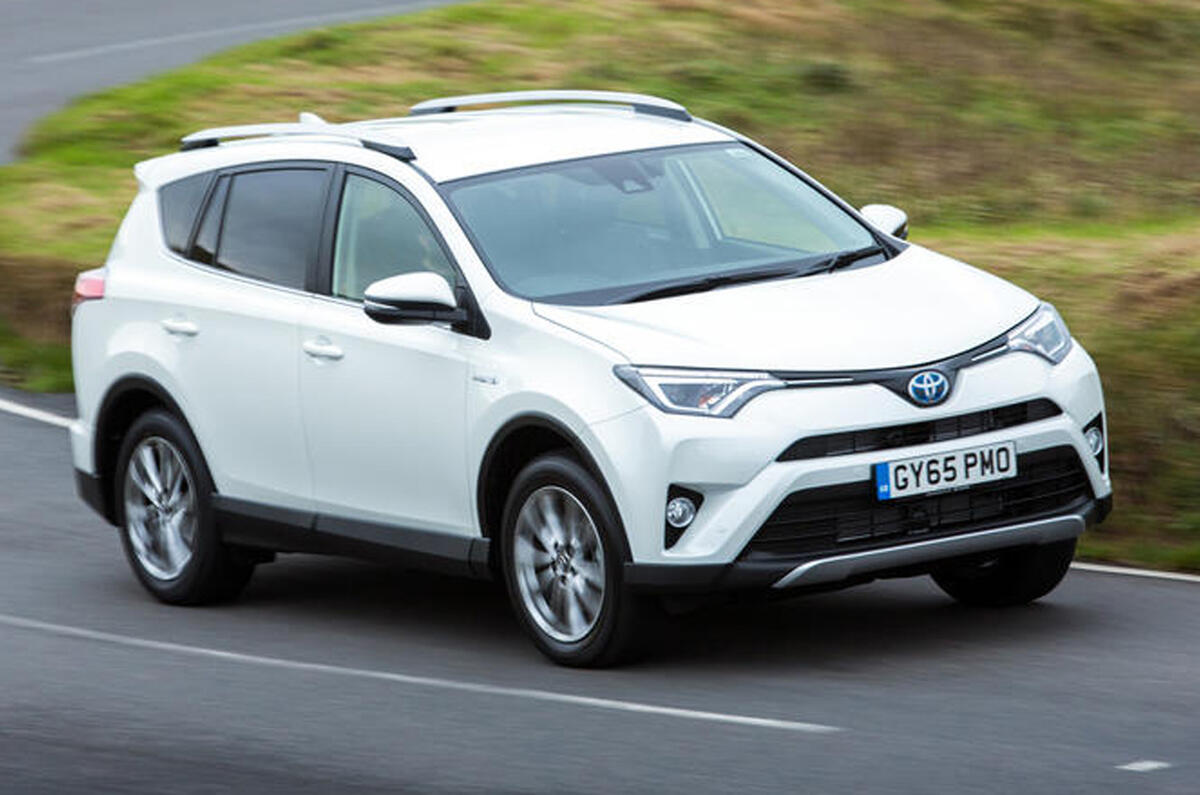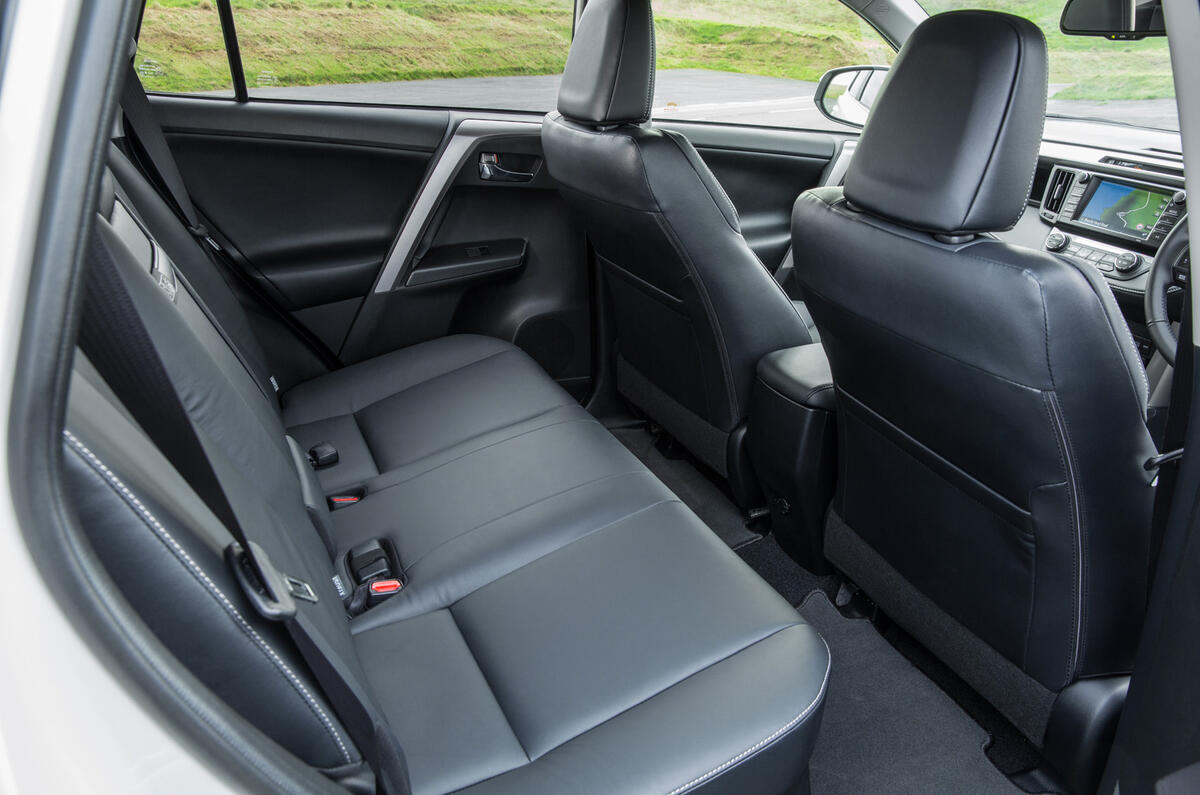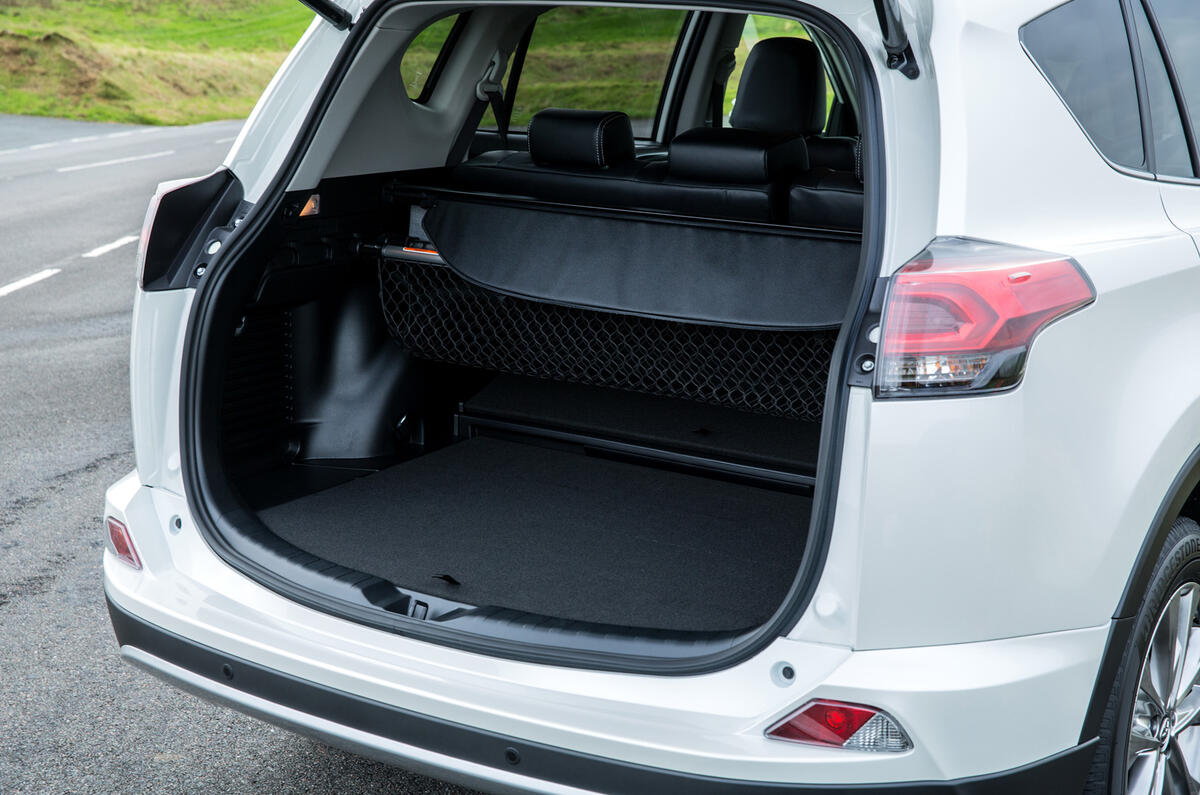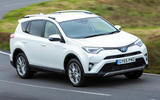The fourth-generation of the Toyota RAV4 is pitched plumb into the middle of a fragmented and fast-growing mid-size SUV-crossover class.
As Toyota sees it, it has the likes of the Nissan Qashqai, Ford Kuga and Seat Seat Ateca at one end and the BMW X3, Audi Q5 and Range Rover Evoque at the other. And, as ever with a fast-moving industry such as the automotive one, competitors are replaced and new ones arrive as is the case with the Volvo XC60 and the Range Rover Velar.
Putting the Toyota RAV4's in its place
If you plot a graph comparing the price and overall length of every small and medium-size 4x4 you can think of – from the Hyundai Tuscon to the Audi Q5 – this new Toyota marks the very centre, the sweet spot. That’s where the Japanese firm expects the most demand for SUVs to exist over the next five years.
'Wieldiness' was always something the previous 2006-2012 Toyota RAV4 did well. It’s never been a big, cumbersome car; in fact, it used to be shorter than a modern supermini. And Toyota’s own market research confirms that owners still value its relative manoeuvrability
This new one has had 100mm added to the wheelbase, though, and 205mm in overall length. It’s much more practical for it, of course, and it now measures up as a proper medium-sized SUV on the inside. Toyota also claims its 10.6-metre turning circle is still class-leading. But it’s also, somehow, lost a bit of its individuality.





































